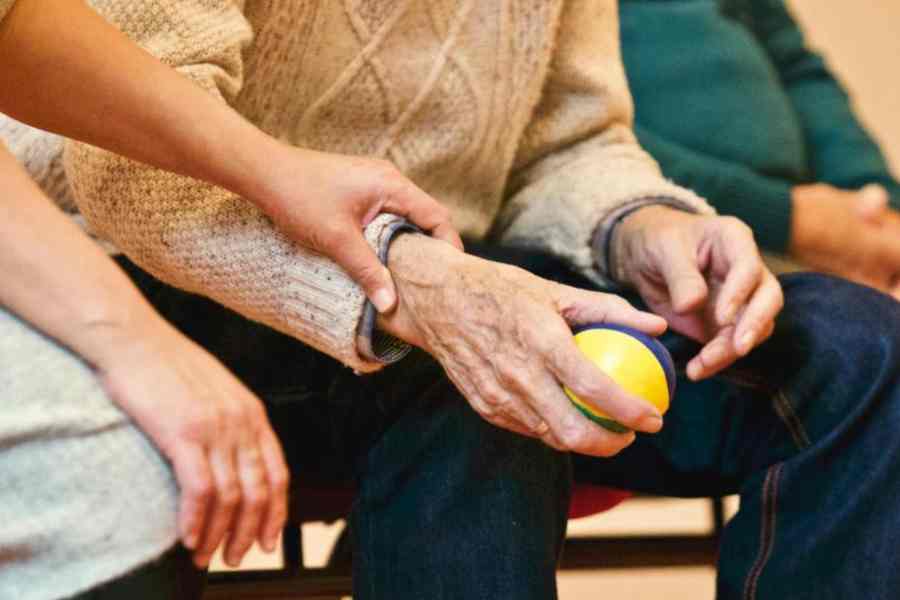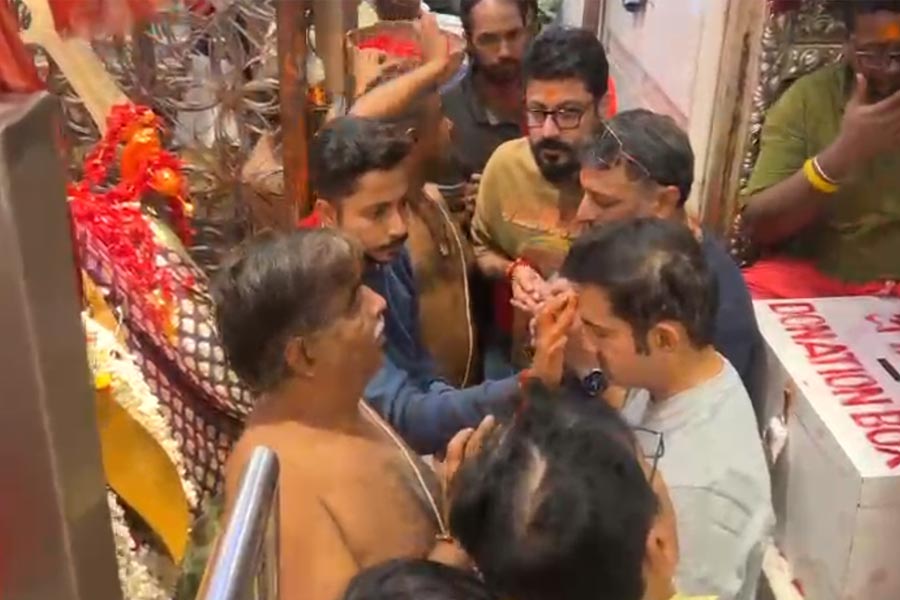Let me tell you a story in light of the International Day for Older Persons that is observed in October.
My friend’s father, all of 93, had a major cardiac event. He was put under observation after which the young cardiologist suggested that a Dual Chamber AICD be implanted. The Dual Chamber AICD is a device that is inserted near the heart and acts as a defibrillator and pacemaker. The cardiologist knew of the patient’s overall health, that he had COPD, and had recently survived double pneumonia. Given this history, he said that a physician and an anaesthesiologist would be the final arbiters of the patient’s fitness for the operation.
Recognising her father’s age and overall health, my friend enquired whether non-invasive alternatives could be an option. The young cardiologist replied in the negative. My friend then took a second opinion from an experienced, older cardiologist and an anaesthesiologist. They both replied that a surgery at this age and with such health conditions was unnecessary. Another young cardiologist, while suggesting Dual Chamber AICD, stated there were medications that could serve the purpose.
What struck me most about this episode was that the first cardiologist had not looked at the patient as a whole: he had delegated the decision on the patient’s capacity to withstand surgery to a third party even though he was the one treating the patient. Families often find themselves in a quandary under such circumstances. As the above-mentioned anecdote shows, there is a risk in accepting a doctor’s advice blindly.
According to a NITI Aayog report titled Senior Care Reforms in India, “The elderly in India currently comprises a little over 10% of the population, translating to about 104 million, and is projected to reach 19.5% of the total population by 2050.” The report translates this population into a business opportunity: “The senior care industry in India is about USD 7 billion (approximately Rs 57,881 crore) and it is expected to grow rapidly, showing ample opportunity for the healthcare companies to create solutions for the silver generation.”
Indian society has an uncomfortable and dissonant relationship with old age. The third and the fourth stages of life — vanaprastha and sanyasa as defined by the Chaturashrama — do not resonate with the ‘mathru devo bhava, pithru devo bhava’ diktat. Arguably, they mirror the meaningless but symbolically potent margdarshak mandal.
The 81.35 crore citizens subsisting on free rations include senior citizens. The 6.7 million zero-food children have grandparents. Will they be able to enjoy the home care services that the NITI Aayog is talking about?
When basic services are privatised and seen as a business opportunity, the opportunity cost is paid by citizens who become customers. The profit motive is divisive; it can also put the medical fraternity in a moral and ethical dilemma. Media reports state that there are 5.2 million cases related to medical malpractice; the Indian Journal of Medical Ethics found that only 46% of healthcare providers complied with ethical guidelines.
Have the privatisation of healthcare and the introduction of health insurance been a social good? There is a difference between creating a business environment in the hope that it would cater to citizens and looking at ordinary Indians as a business opportunity. Realigning the healthcare system should entail the government taking over the responsibility of caring for India’s senior citizens.











